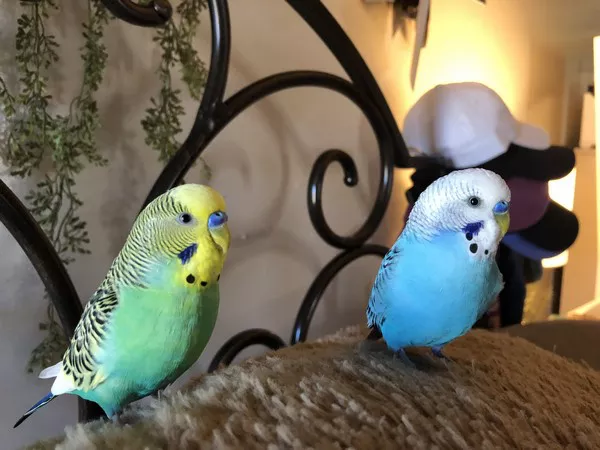Tortoises are fascinating reptiles that make unique and captivating pets. Ensuring their well-being involves thoughtful consideration of various factors, with one critical aspect being the choice of substrate. The substrate, or bedding material, plays a crucial role in the overall health and comfort of tortoises. In this comprehensive guide, we delve into the world of substrates, exploring the options available and helping you make an informed decision for the benefit of your tortoise companion.
Understanding the Natural Habitat of Tortoises
Before delving into substrate options, it’s essential to comprehend the natural habitat of tortoises. Most tortoise species are found in arid or semi-arid regions, characterized by dry and sandy environments. Mimicking these conditions in captivity is vital for the well-being of your tortoise. A suitable substrate should replicate the features of their native habitat, promoting natural behaviors and ensuring a comfortable living environment.
Key Considerations for Tortoise Substrates
Hygiene and Cleanliness: Maintaining a clean and sanitary living space is paramount for tortoises. Substrates that facilitate easy cleaning and waste removal are preferable. Regular cleaning helps prevent the build-up of bacteria and ensures a hygienic environment for your tortoise.
Moisture Retention: While tortoises hail from arid regions, providing some level of moisture in the substrate is essential. It helps maintain proper humidity levels, especially for species that require slightly more humidity. Striking the right balance is crucial to prevent issues like dehydration or respiratory problems.
Burrowing Opportunities: Many tortoise species exhibit a natural instinct to burrow. A substrate that allows for digging and burrowing activities is essential for their mental and physical well-being. This natural behavior helps them regulate body temperature and reduce stress.
See Also: What is the best bedding for a russian tortoise?
Ease of Digging: Tortoises have strong limbs designed for digging. The substrate should be easy for them to navigate and dig into, supporting their natural behaviors. Avoid overly compacted or hard substrates that may hinder their ability to engage in these instinctual activities.
Heat Retention: Maintaining an optimal temperature is crucial for the health of tortoises. Certain substrates have better heat-retaining properties, helping to create a comfortable basking area. Adequate warmth is vital for digestion, metabolism, and overall activity levels.
Popular Substrates for Tortoises
Coconut Coir: Derived from coconut husks, coconut coir is an excellent substrate for tortoises. It retains moisture well, provides a soft surface for digging, and is easy to clean. Additionally, it has natural antifungal properties, promoting a healthier living environment.
Orchid Bark: Orchid bark is a popular choice due to its natural appearance and texture. It allows for burrowing and digging, offering a comfortable substrate for tortoises. While it retains some moisture, it also provides good drainage, preventing waterlogged conditions.
Topsoil and Sand Mix: A blend of topsoil and sand mimics the natural habitat of many tortoise species. This mixture supports digging and burrowing activities and provides a stable surface for walking. It is essential to ensure that the sand used is free from any harmful additives.
Cypress Mulch: Cypress mulch is a lightweight and natural-looking substrate that retains moisture and allows for burrowing. It is crucial to choose a type of cypress mulch that is free from additives or chemicals, ensuring the safety of your tortoise.
Paper-Based Substrates: Recycled paper products, such as shredded newspaper or paper pellets, can serve as a substrate for tortoises. These substrates are easy to clean, though they may lack the natural feel and appearance of other options.
Tailoring Substrates to Tortoise Species
Different tortoise species may have specific substrate requirements based on their natural habitat and behaviors. For example:
Mediterranean Species: Tortoises from Mediterranean regions, like the Greek or Hermann’s tortoise, often thrive on substrates that replicate the rocky and sandy terrain of their native environment.
African Species: Species like the sulcata tortoise, originating from arid regions of Africa, benefit from substrates with good heat retention and minimal moisture, such as a mixture of topsoil and sand.
Forest-Dwelling Species: Some tortoise species, like the red-footed tortoise, come from forested habitats. Substrates with higher moisture retention, such as coconut coir or cypress mulch, may be more suitable for these species.
Observing Tortoise Behavior and Adjusting Substrates
Careful observation of your tortoise’s behavior is crucial in determining the effectiveness of the chosen substrate. If you notice signs of stress, difficulty in burrowing, or discomfort, it may be necessary to adjust the substrate. Additionally, monitor the substrate for signs of mold or excessive moisture, as these can pose health risks to tortoises.
Conclusion
In conclusion, choosing the right substrate for your tortoise is a significant aspect of responsible reptile ownership. Consider the natural habitat of your specific tortoise species, their behaviors, and the key substrate characteristics outlined in this guide. By providing an environment that closely mirrors their natural conditions, you contribute to the overall well-being and happiness of your tortoise companion. Remember, the right substrate is not just a choice; it’s a commitment to the health and vitality of these remarkable creatures.
Related Topics:
Nurturing Tortoises: Essential Supplements for Optimal Health
What Time Do Tortoises Go to Sleep?
A Guide on What to Feed Tortoises in Winter
























